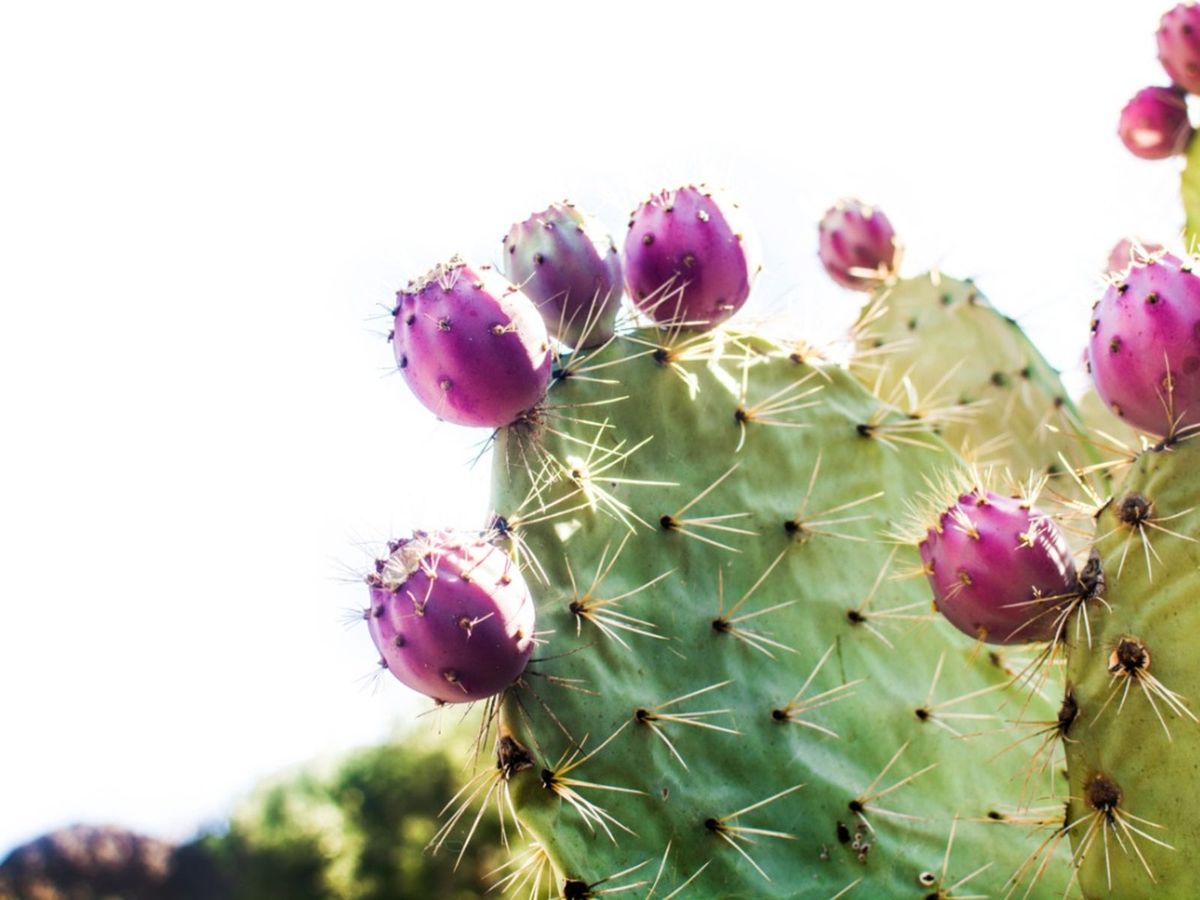Prickly Pear Cactus (Opuntia spp.) is a robust and visually striking addition to gardens and landscapes, admired for its succulent pads and vibrant flowers. However, like all plants, it is susceptible to various diseases that can hinder growth and even threaten its survival. Understanding how to identify and treat these common health issues is essential for any cactus enthusiast or gardener. This guide provides a comprehensive overview of prevalent prickly pear cactus diseases, offering practical strategies for diagnosis and treatment.
Identifying Cactus Diseases: Telltale Signs to Watch For
Monitoring your prickly pear cactus for signs of distress is imperative. The earlier you can identify a problem, the better your chances for successful intervention. Below are some of the most common symptoms indicating a cactus may be suffering from disease.
Discoloration and Spots
One of the most noticeable signs of disease is discoloration. You may observe yellowing pads or brown spots, which can indicate various issues. Yellowing may suggest environmental stress, nutrient deficiencies, or a beginning stage of infection. Brown spots or patches may point toward fungal infections such as Phyllosticta, leading to necrotic tissue if left untreated.
Wilting and Collapse
Wilting and drooping can signal underwatering or more severe root rot issues. When the pads lose rigidity, it’s often a distress signal. Root rot tends to manifest as mushy tissue at the base or even decay around the roots caused by fungal pathogens such as Pythium or Phytophthora.
Presence of Pests
Pests such as mealybugs and scale insects can lead to secondary infections, weakening the plant overall. If you notice small white cotton-like spots or sticky residue on your cactus, it could be a sign of an infestation. This sticky residue is known as honeydew, secreted by these pests, and can attract even more problems like sooty mold.
Understanding the Most Common Cactus Diseases
Now that you can recognize the symptoms of disease, let’s delve into some common diseases that affect prickly pear cacti.
Fungal Infections: Phyllosticta and Others
Phyllosticta is a prevalent fungal pathogen that attacks various cacti, leading to death of the affected pads. Symptoms include dark brown spots with a gray or white center and can expand rapidly. To manage this infection, a combination of cultural methods such as improving air circulation and prompt removal of infected pads is vital. Furthermore, applying a fungicidal treatment may be necessary to curtail the spread.
Root Rot: The Silent Killer
Root rot is often caused by overwatering or poor drainage. The fungus thrives in damp soil, leading to severe damage to the root system. Early indicators may be wilting and browning pads. To treat root rot, immediate action is required. Carefully unearth the cactus, detach any severely damaged roots, and replant it in dry, well-draining soil. Additionally, adjust your watering technique to prevent recurrence.
Sunburn and Environmental Stress
Prickly Pear cacti are generally well-adapted to arid environments; however, they can suffer from sunburn when exposed to excessive sunlight, especially after being moved indoors or placed under partial shade. Sunburn manifests as bleached areas or dark sunken spots. Gradually acclimatizing your cactus to bright sunlight can help prevent these issues.
Successful Treatment Strategies for Cactus Diseases
While it is critical to identify diseases, understanding treatment options is equally important for maintaining the health of your prickly pear cactus. Here are some strategies to consider:
Proper Watering Techniques
Watering is a delicate balancing act. Avoid the trap of overwatering by allowing the soil to dry out completely between watering sessions. During the growing season, water deeply but infrequently. In contrast, reduce watering during dormant periods. This methodology not only strengthens the roots but helps prevent root rot.
Implementing Cultural Practices
Good cultural practices go a long way in maintaining plant health. Ensuring adequate drainage through the use of grit or coarse materials mixed with the soil aids in preventing standing water. Additionally, classifying plants for proper spacing allows airflow, decreasing humidity and reducing the likelihood of fungal growth.
Promptly Address Pests
One of the most effective ways to counter disease is an integrated pest management approach. Regularly inspect your cactus for signs of pests and apply insecticidal soaps or neem oil as needed. Combine chemical measures with physical removal methods for maximum efficacy. A healthy, pest-free cactus is a resilient cactus.
Using Fungicides and Other Treatments
In case of a fungal infection, consider using fungicides labeled for cactus use. Follow the manufacturer’s instructions meticulously to avoid damage. Systematic treatments may be necessary for larger infestations, while taking care to isolate affected plants to prevent further spread.
Conclusion: Vigilance and Care for Vibrant Cacti
Maintaining the health of your prickly pear cactus involves vigilance in monitoring for disease signs and applying proper treatment strategies. While these beautiful plants are generally hardy, they are not immune to various threats. By adopting sound gardening practices, promptly dealing with pests, fungi, and maintaining optimal watering conditions, you can foster a thriving prickly pear cactus that flourishes in your garden.





Leave a Comment